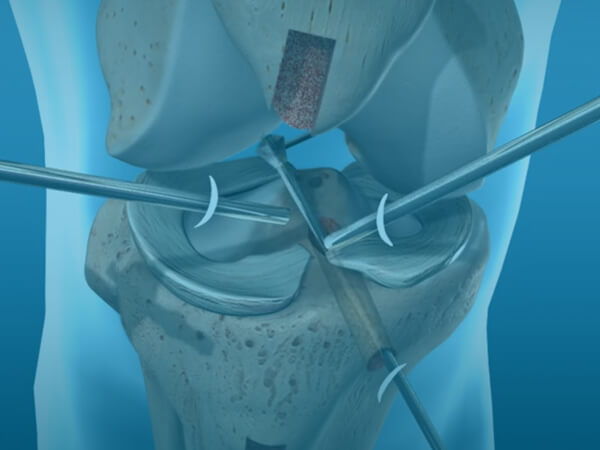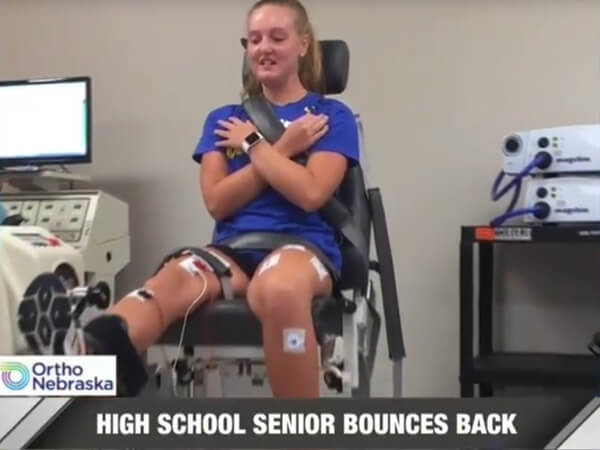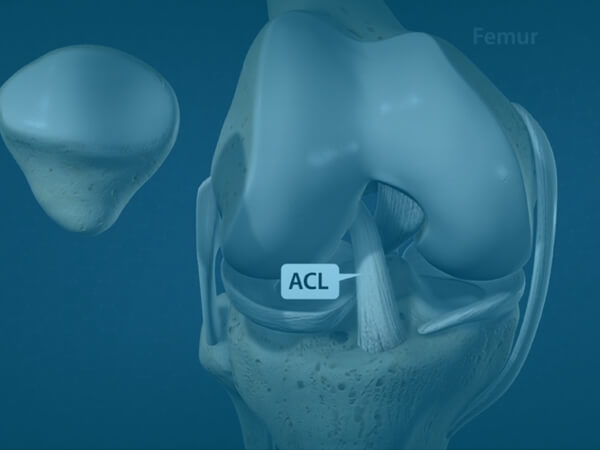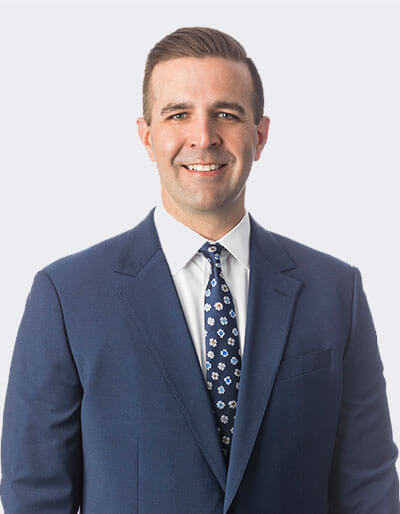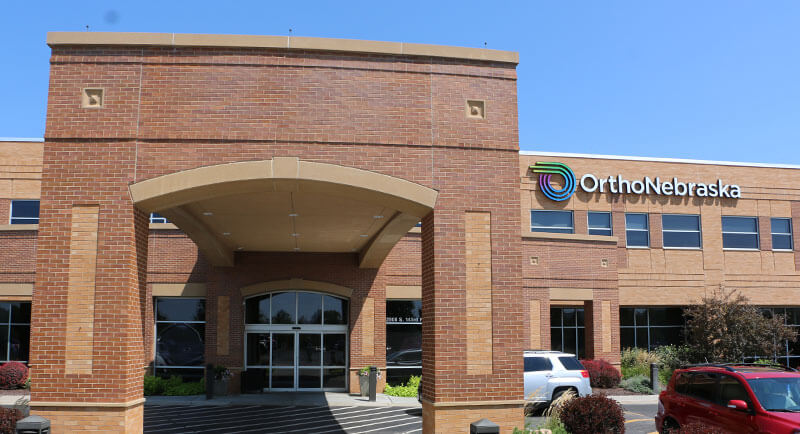What is an ACL Reconstruction Surgery?
Your surgeon will re-attach one of four types of grafts (ligament replacements) to the bone and other structures around the knee to restore ACL function. Options include:
- Allograft
- Hamstring graft
- Patella tendon graft
- Synthetic graft
Your surgeon can discuss the pros/cons of each type of graft with you.
Who should have an ACL Reconstruction Surgery?
Usually, an ACL tear occurs when the knee twists or suddenly straightens while body weight is on the leg. Non-contact ACL tears are common.
The movements that can cause ACL tear include:
- Rapid direction change
- Sudden stops in motion
- Slowing down while running
- An incorrect landing from a jump
- Direct contact or collision, like a tackle in football
People hear about ACL surgery all the time and assume it is inevitable. However, for a select number of patients, a conservative approach with physical therapy may be warranted. For the majority, a stable and high performing knee joint will require surgery.
Does ACL Reconstruction Surgery work?
ACL surgery works very well when it comes to stabilizing the knee joint and preventing further knee injuries such as meniscus tears. Unrepaired ACLs are at high risk of other knee injuries. ACL reconstruction is an open surgery that carries all the standard risks: blood clotting, infection, anesthesia, and other your surgeon may discuss with you. While rare, loss of motion can occur after ACL reconstruction surgery.
In terms of returning the knee to full strength, ACL surgery is not guaranteed to be successful for anyone. For every few Adrian Petersons, there is a Marcus Lattimore. Studies overall suggest that about 70 percent of athletes truly return to 100 percent – in terms of being able to participate at the same level and the same amount of time after about a year. Success rates can trend higher than average in the right situation, like we can produce at OrthoNebraska. The right situation is a skilled sports medicine surgeon in a high-volume hospital who is experienced in many types of graft techniques to ensure the athlete has the best chance at a successful outcome. The right situation is also a motivated athlete who will work hard but smart in physical therapy and is mentally prepared for the rehabilitation grind.
What can I expect when I have an ACL Reconstruction Surgery?
Some people may require pre-op physical therapy to help with swelling and range of motion restoration.
You may need a pre-surgical physical to make any necessary accommodations based on your health history. When you arrive at the hospital, you’ll speak to your surgeon and anesthesiologist. You are likely to put to sleep (general anesthesia) and be placed face up for the procedure. The procedure generally takes a few hours and you will need someone to drive you home a few hours after your surgery.
The athlete usually begins physical therapy, an important step in rehabilitation for an ACL injury, a few days after surgery. Recovery from an ACL reconstruction surgery can take anywhere between six and 12 months including therapy and training.
People typically return to school or sedentary jobs in one week. However, heavy labor occupations will most likely require two to four months of recovery. Each person is different and progresses with their recovery at varying rates.




